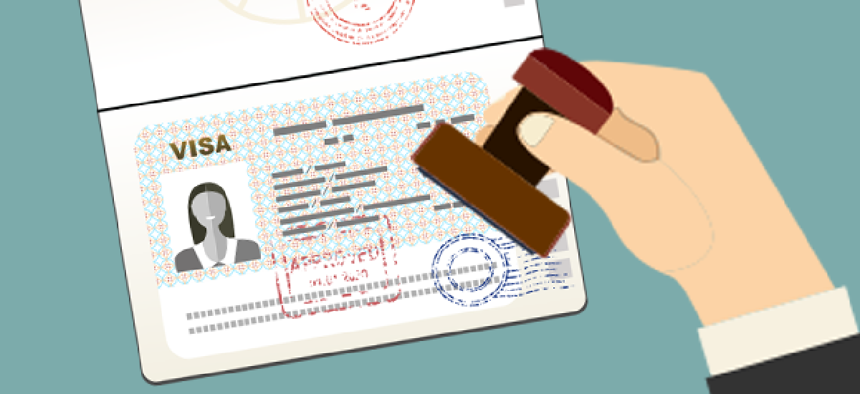DHS catalogs visa overstays


Connecting state and local government leaders
A new study provides data on nonimmigrant visitors who have stayed in the U.S. beyond their lawful period of admission.
The Department of Homeland Security has been working to identify and quantify nonimmigrants who have stayed in the U.S. beyond their lawful period of admission. New data analysis now offers a better picture of the problem at hand.
A new study provides data on departures and overstays, by country and type of visitor and overstay, for foreign visitors to the U.S. who entered as nonimmigrant visitors through an air or sea Port of Entry and who were expected to depart in fiscal year 2016.
The Department of Homeland Security’s report for 2016 expands on the data included in the 2015 report, adding student travelers, worker classifications and other types of admissions.
U.S. Customs and Border Protection processed 50,437,278 nonimmigrant admissions at U.S. airports and seaports. Of these, 739,478 overstayed their admission, for an overstay rate of 1.47 percent.
To help bring overstay rates down, DHS said it has found a "feasible biometric exit solution" based on its successful pilot of technology at Atlanta’s Hartsfield-Jackson International Airport in 2016.
That trial partnered Customs and Border Protection with airlines to leverage facial recognition technology to confirm passenger identity. CBP said again that it plans to deploy the same technology to seven more airports in the coming months. The Government Accountability Office, however, has said the implementation may face significant hurdles at airports because those buildings and facilities aren't set up to handle it.
Former DHS Secretary Jeh Johnson testified a year ago that the biometric exit program had been expedited and was on schedule to be more widely deployed in 2018.
According to the report, DHS plans to build out its biometric exit capabilities and expand to more daily international flights in fiscal year 2017.
The Atlanta pilot and other efforts, "only account for a very small percentage of all the biographic departure records," for fiscal year 2017, but "it is an important first step towards implementing a comprehensive biometric entry and exit system," the report said.




